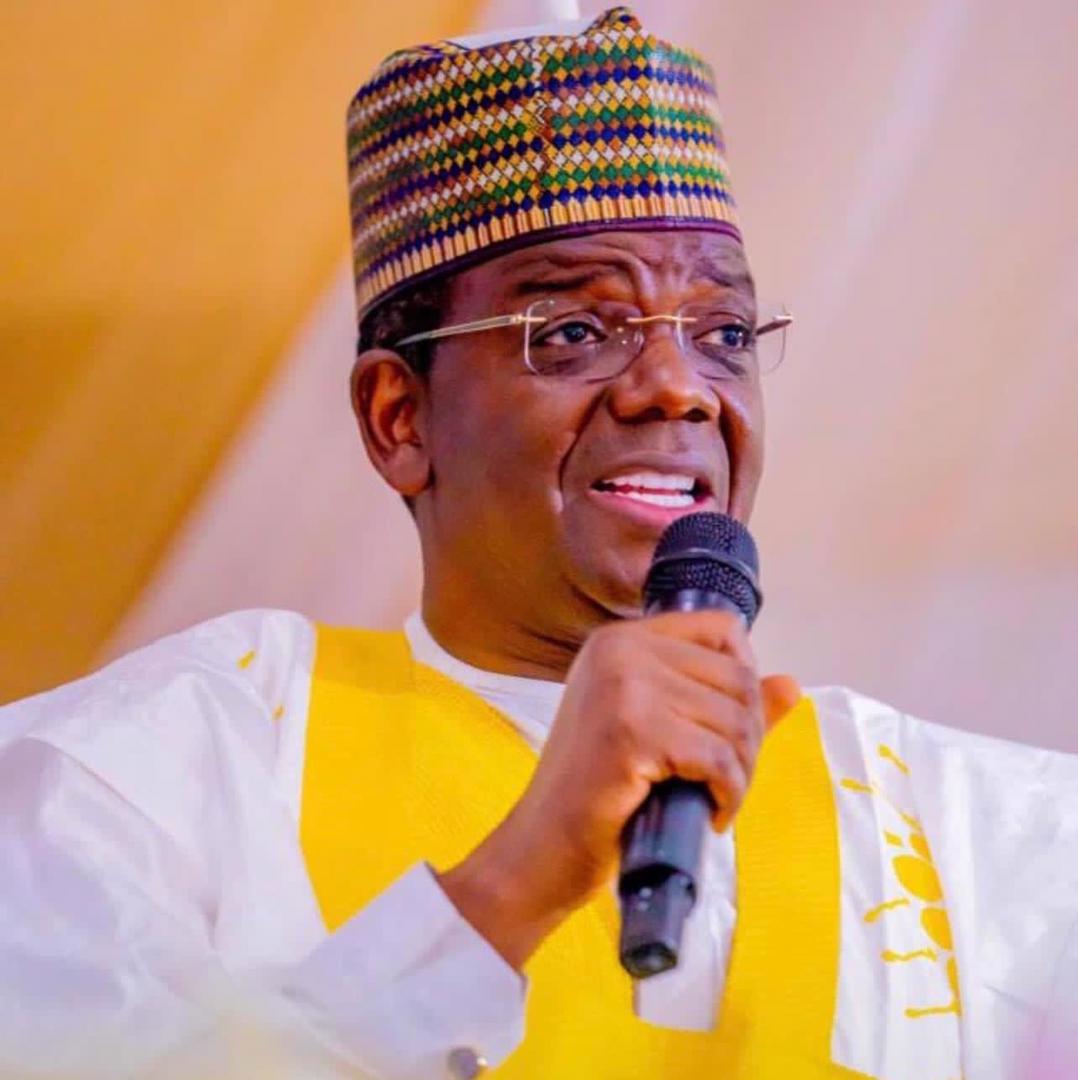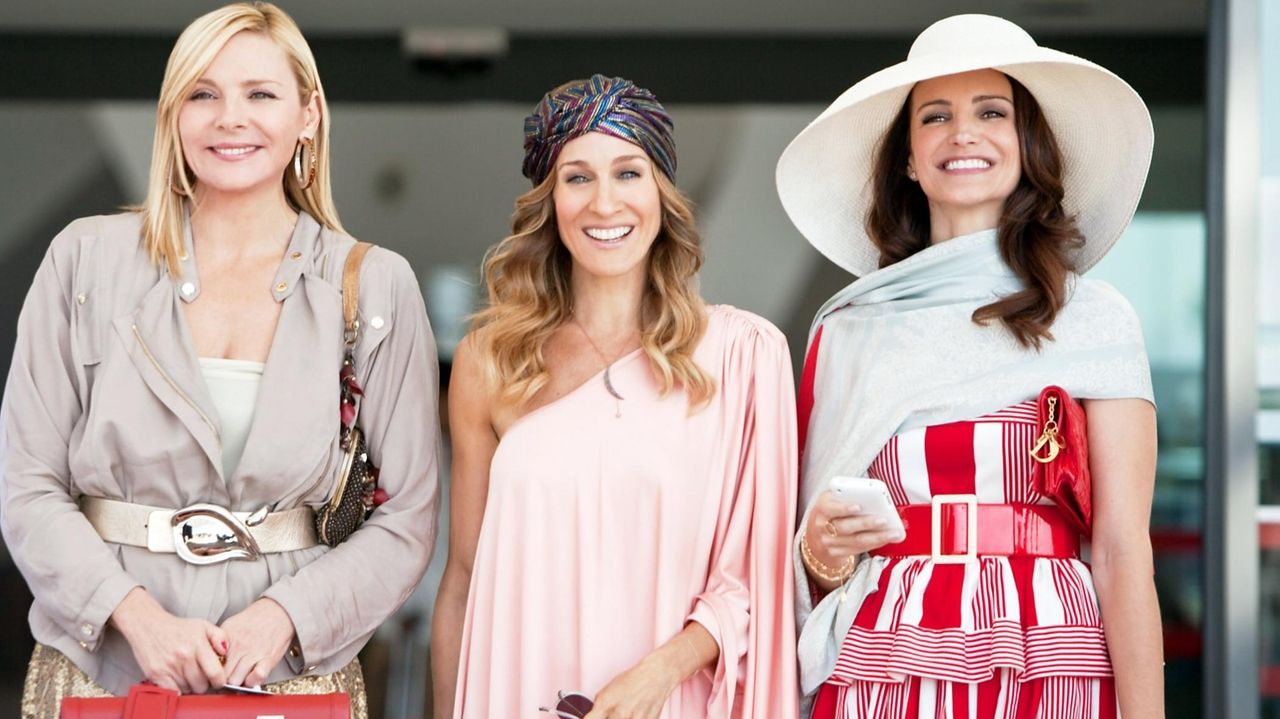Sam Leith: 'Read what you enjoy'
What was your way into the book?

It struck me that children’s literature was a slightly neglected field. I look back and think I’d made my whole career about writing, reading and thinking about books, including interviewing authors. All of that started because it rested on my own childhood reading.
It also struck me that children’s literature is seen in many ways. It’s dismissed as less important than the grown-up stuff, ‘simple, unsophisticated and marginally important’.
I felt strongly that the opposite was the case. These stories are foundational. Every reading career begins with children’s reading. That’s also because, as I argue, children’s stories are closely connected to myths and folk tales, the most primal forms of storytelling. The quest narratives, the heroes and villains, the magical transformations, the talking animals, and all the things we see in children’s literature right up to this day tell us something quite fundamental about the roots of storytelling.
Your book’s scope is vast. It goes beyond just encapsulating children’s bookshelves and tries to understand why these books struck a chord.
If you write about the history of children’s literature, you realise there is a social history to be told here. You’re writing about the story of childhood itself because adults write children’s stories and tell you something about what adults thought children needed or wanted or imagined what childhoods were.
Also, every adult who writes about children starts from their childhood memory, which tells you how adults felt about their own childhoods. I thought it seemed such a rich subject, and, of course, what a pleasure to research. My jumping-off point was that there aren’t that many, or there didn’t seem to be a kind of narrative history for the general public on this subject because my book doesn’t pretend to be academic. It’s a work of love and enthusiasm aimed at the interested general reader rather than the specialist.
Popular books on children’s literature exist, too, but most are now outdated or have narrow narratives. I wanted to update and produce something that would hopefully delight readers and send them back to the books of their own childhood or books they’ve missed the first time around.
‘Children’s Literature’ is a slippery term. Is it books by children, for children, of children? What is it according to you?
I slightly dodged the question by calling it A History of Childhood Reading. I wanted to open at least the possibility of many children’s literatures. Children read pretty voraciously and quite widely. They don’t stay within boundaries and set texts.
I will add, two very impressive young school children came up to me in a signing queue just after my event (at JLF 2025) saying, what do you think of Pride and Prejudice and Sense and Sensibility for childhood? They must have been like 10 or 11, which made me think, my gosh, fantastic that they’re so advanced at that age. But it is the other way too. You’ll be 15 or 16 and still reading young adult material. It’s very elastic. A lot of children’s writers I respect the most, including Alan Garner and Philip Pullman, will explicitly disavow the idea that they are children’s writers.
I think that’s a fruitful way of thinking about it because the best stuff will have an enormous amount of nourishing, moving and interesting material for both the adult reader and the child. It’s a very fugitive topic. When I was writing this book, my editor told me that a very significant portion of YA readers are women in their thirties, and why not? Read what you enjoy.

What do you make of adults who feel strongly about the contents of children’s literature? Sometimes it is because a book is racist or sexist or simply has cuss words.
It’s a tribute to the power of children’s literature that these anxieties have always surrounded it -- of what’s suitable and what’s not suitable. We know that what you read in childhood does have a strong impression on you. Adults won’t like scatological folks. Some parents will be worried about any sort of sexual content or hints or some parents will be religiously narrow. I tend to take a liberal view on allowing children to read as freely as possible and take from those books what they want.
I tend to disapprove of, say, the American “banners”. They’re always trying to get books removed from schools. They wouldn’t have Harry Potter. They thought it was devilish, or wouldn’t have Judy Blume because they felt it wasn’t suitable for teenage girls to read about puberty. I tend to believe that we should let children read what they can handle. But of course, every parent has the right and prerogative while their children are still young to decide what they think is suitable.
You say this is more of a canon of the British nursery even though you include American works like Maurice Sendak, EB White and Dr Seuss.
I had to narrow it down because I’m inadequate at doing a book on the world history of children’s literature. I wanted to look at the world through a British nursery bookshelf. So, if writers from the States or Europe or anywhere else were read in the UK, I could mention them. There is a strong tradition that Britain has children’s literature that is exported for various reasons, including its colonial reach.
In British literature, some genres, including boarding school stories and stories of imperial adventure, problematic, though many of those now are, originated in British writing. In terms of deciding the canon, I read as much as I possibly could of the writers I thought were important or good. I enjoyed watching how writers borrowed from each other, like how Enid Blyton effectively borrows from Edith Nesbit, and you get Harry Potter borrowing from JRR Tolkien. These traditions are wonderfully fluid and self-renewing as they connect to the past.
Children’s Literature is also cleaved into the educational and the entertaining. How did you see those two facets of children’s literature playing out while compiling this book?
Throughout the history of children’s books in Britain, we’ve tended to find books that are didactic but boring and don’t prosper because they don’t speak to children strongly enough for their lessons to stick. John Locke recognised in the 17th century that you needed to sugar the pill. Stories that survive are the ones that give children something to delight in despite being didactic.
Harry Potter has many lessons packed in on anti-racism and anti-fascism. Yet it succeeds because it is fun. One of the classic instances of this tension historically is in Roald Dahl’s books. Parents tended to disapprove of them as being cruel and scatological, but they did well because children just loved them.
Which is your favourite children’s book?
I kind of beat the drum for TH White’s The Once and Future King series, which is a luminously wonderful work. It’s incredibly funny and sad and serious and it’s so beautifully written.
I always try and push that one forward because I think that’s more in danger of going out of print than Watership Down, which is equally wonderful, or Philippa Pierce’s Tom’s Midnight Garden, which I can’t read without gasping with tears. Books like The Secret Garden and The Railway Children, both equally extraordinary, will be in print for as long as children’s books exist.
You write that video games cannot match that unique experience of constructing something from the black marks on a white page. What is your take on video games?
I love video games myself and always have. I spend a lot of time playing them.
That said, I worry a bit because screens, video games and social media are engineered to be addictive and are a bit of a threat. Still, I hold faith optimistically with the idea that there is something you can get from a book that you can’t get from them. And that as long as children are introduced early to the idea and are shown an experience of realising there’s something here that you can’t get anywhere else, it will become part of their entertainment diet and I hope will remain so lifelong.
Kanika Sharma is an independent journalist.









